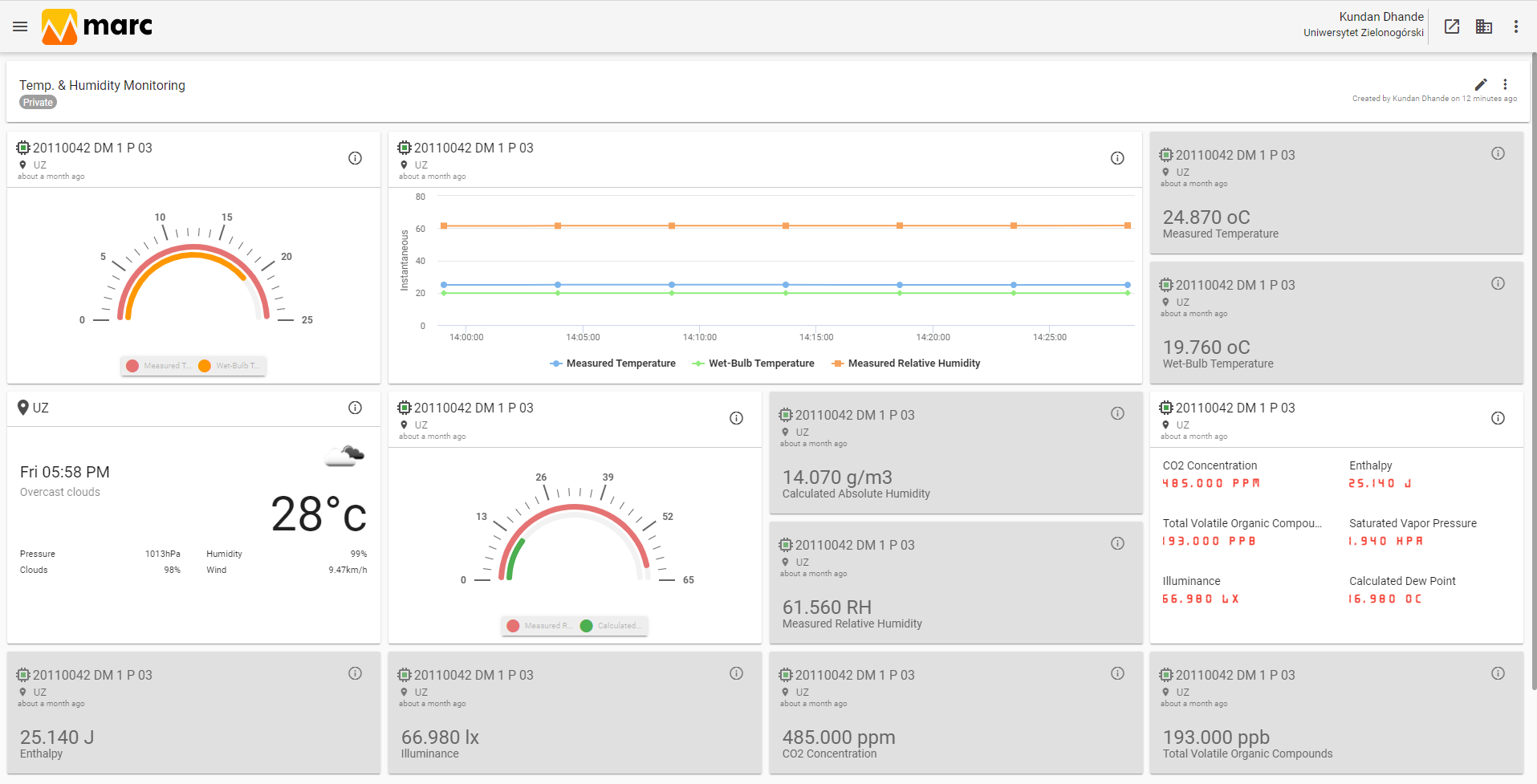The Problem
In wine production, mainly in the wine cellar, electricity is the main energy used. The process that consumes more energy in winery operations is cooling. This is due to the importance of operating far below ambient temperatures in order to separate and remove heat produced by fermentation and ensure product quality.
After cooling, the seasonality of production is another factor that increases the use of energy. Due to the timing of harvest, energy consumption peaks between the months of August and October, a period that includes receiving the grapes and the main wine production processes. During the remainder of the year, many wineries have a reduced energy consumption that is associated with the storage and picking processes, as well as ancillary activities. As such, the assessment and evaluation of significant production scenarios in different seasons in very crucial.
Energy benchmarking is of vital importance to reduce the energy consumption and maintain the vivacity of the industrial machines. Without a proper energy relevant data, i.e. the energy utilization of individual elements in the winery it is highly improbable to perform an energy benchmark.
For all the processes which are necessary for wineries, marc provides optimized reporting system .
Energy cost is not an established expense; it fluctuates significantly with energy demand and supply. To identify the optimum production point, it is critical to obtain a marginal propositional point. The marginal increase in energy cost can provide a significant increase in the production. For eg, in a comparison of 2 wine barrels (one barely loaded and other fully loaded), the marginal energy cost of the barely filled barrel is relatively high. The identification of such can be a particularly effective asset for energy usage reduction.
For all the concerns of the winery industry, Energy Management System is an optimum, effective and efficient solution.

The Solution
In actual fact, energy is a variable cost and not an overload. Therefore, better management will improve the understanding of:
- Energy costs of the production line
- How the energy is used in the business ways to reduce energy consumption and greenhouse gas emissions, with resulting impacts on global warming
- Correlation between energy & quality of wine
Energy management and efficiency are keys to improving productivity and quality. A central tool for good energy efficiency and energy management is marc. An energy management system does a thorough monitoring of current energy consumption, based on an analysis of the amount and type of energy used in each process of wine operations. Data collected in an EMS will lead to the development of a set of measures to reduce energy consumption. Thus, the EMS will provide specific information and identify real possibilities of energy savings. It consists of a critical examination of how energy is used based on accurate records for fuel consumption and associated costs.
- Fermentation- marc can store temperature data from all chambers of every minute and can display it directly on the computer screen with alarms and automatic email reports.
- Clarification/Filtration- marc will again do the same thing of storing all temperature data of every minute and showing it directly on the computer screens.
- Aging & Bottling- marc will monitor data of temperature, pressure, and humidity with regular updates and reports displayed online.
- Chillers- Master machinery for entire wine making process chillers. Efficient utilization and monitoring of chillers can definitely save a lot of money

The Benefits
- Correlation between energy & quality of wine
- Increases productivity, overall efficiency, and improves quality
- Safe, reliable, easy to use and cost effective solution
- Energy benchmarking
- Identification of marginal energy points
- Remote access, the asset owner can evaluate the status of the equipment without dispatching an engineer to the site, saving both valuable time and resources. Compared to traditional methods, which are performed onsite, it gives the asset owner access to real-time condition monitoring, even from remote locations.
- When changes in operating conditions are detected, the operator is notified immediately in the form of alarms and emails, with probable cause of change and remedy to act upon.
- Assessment and evaluation of the significant production scenarios in the different seasons are possible.
Monitors parameters like temperature, humidity , illuminance , CO2 concentration & many more...






